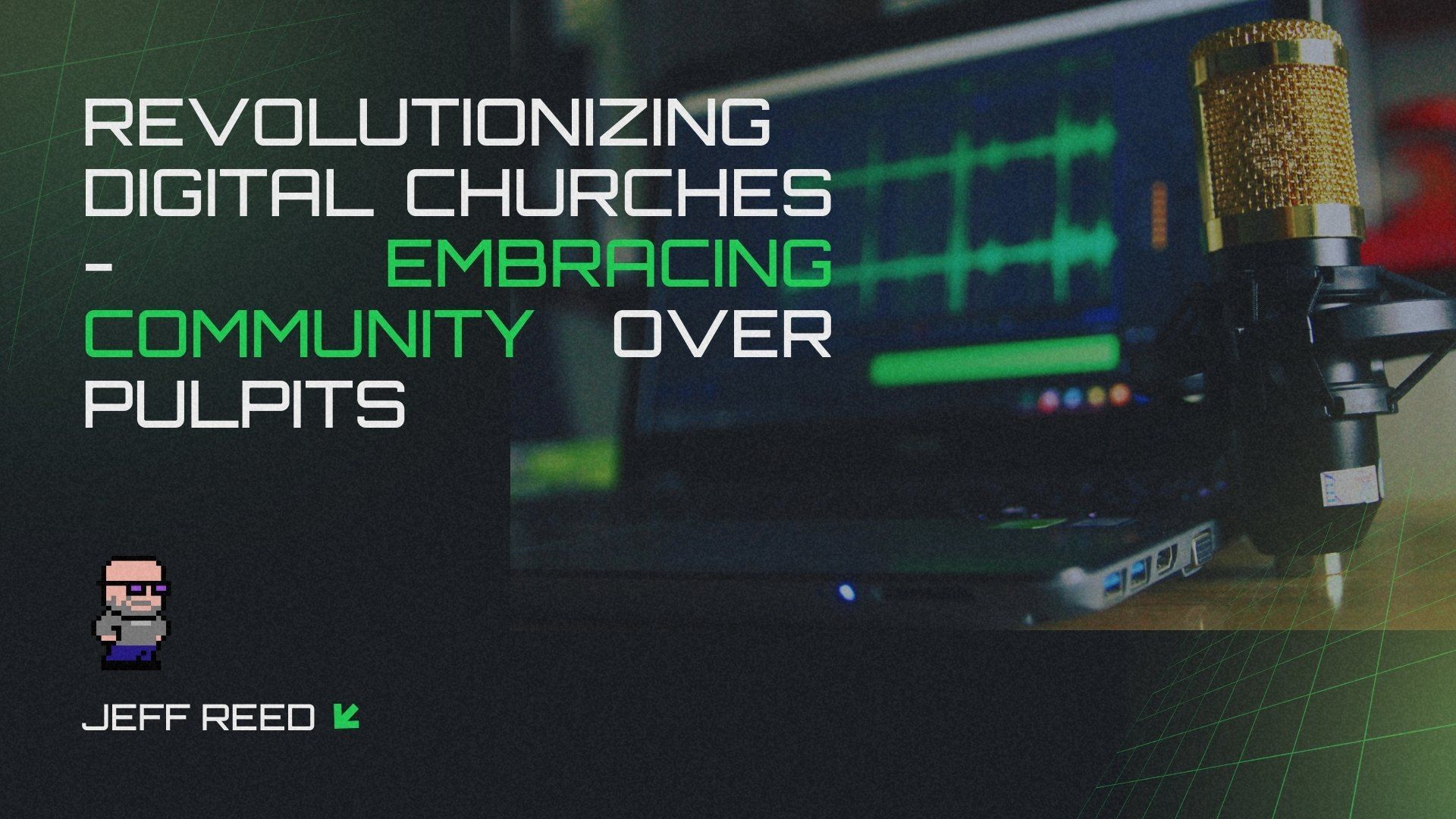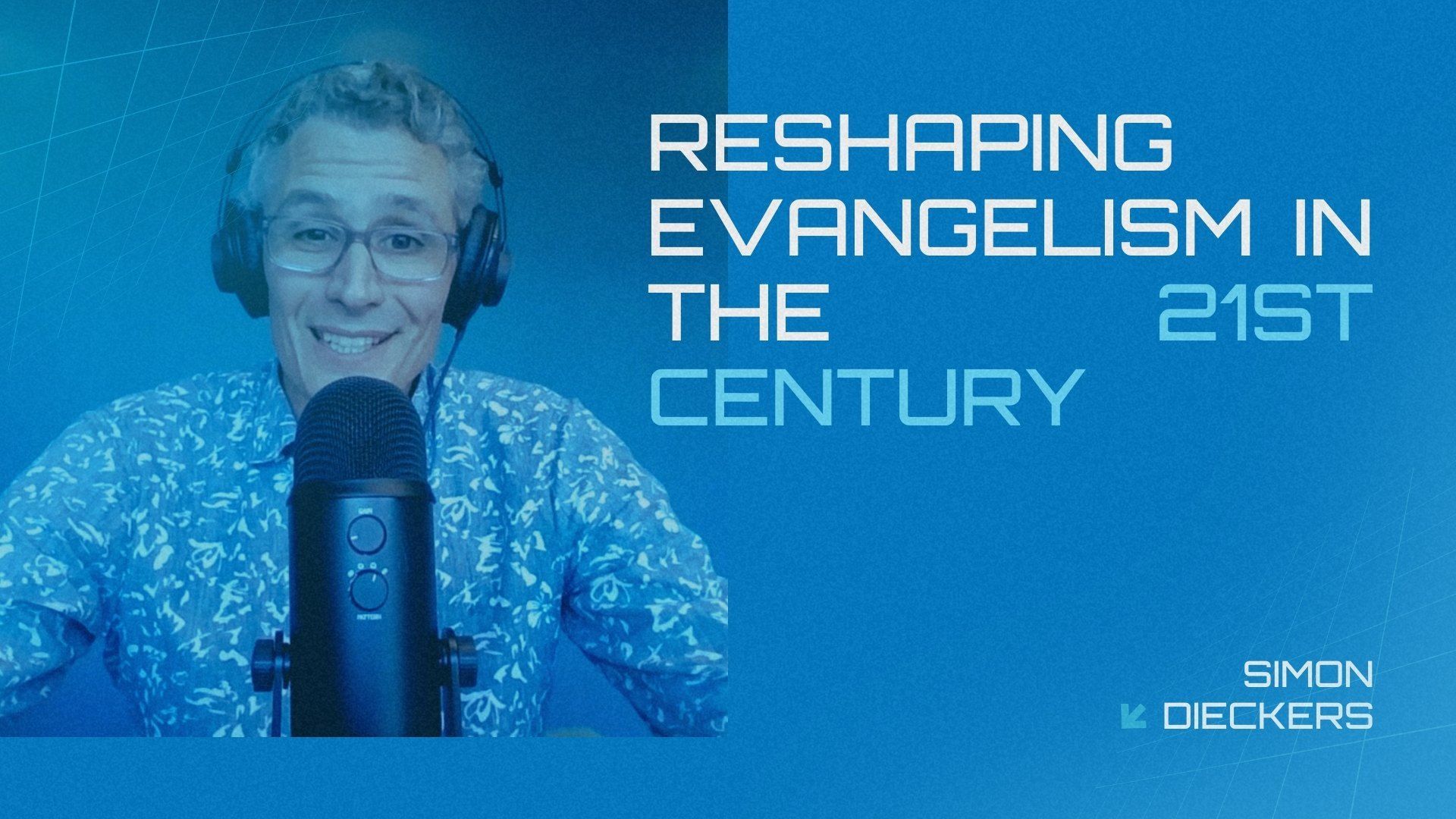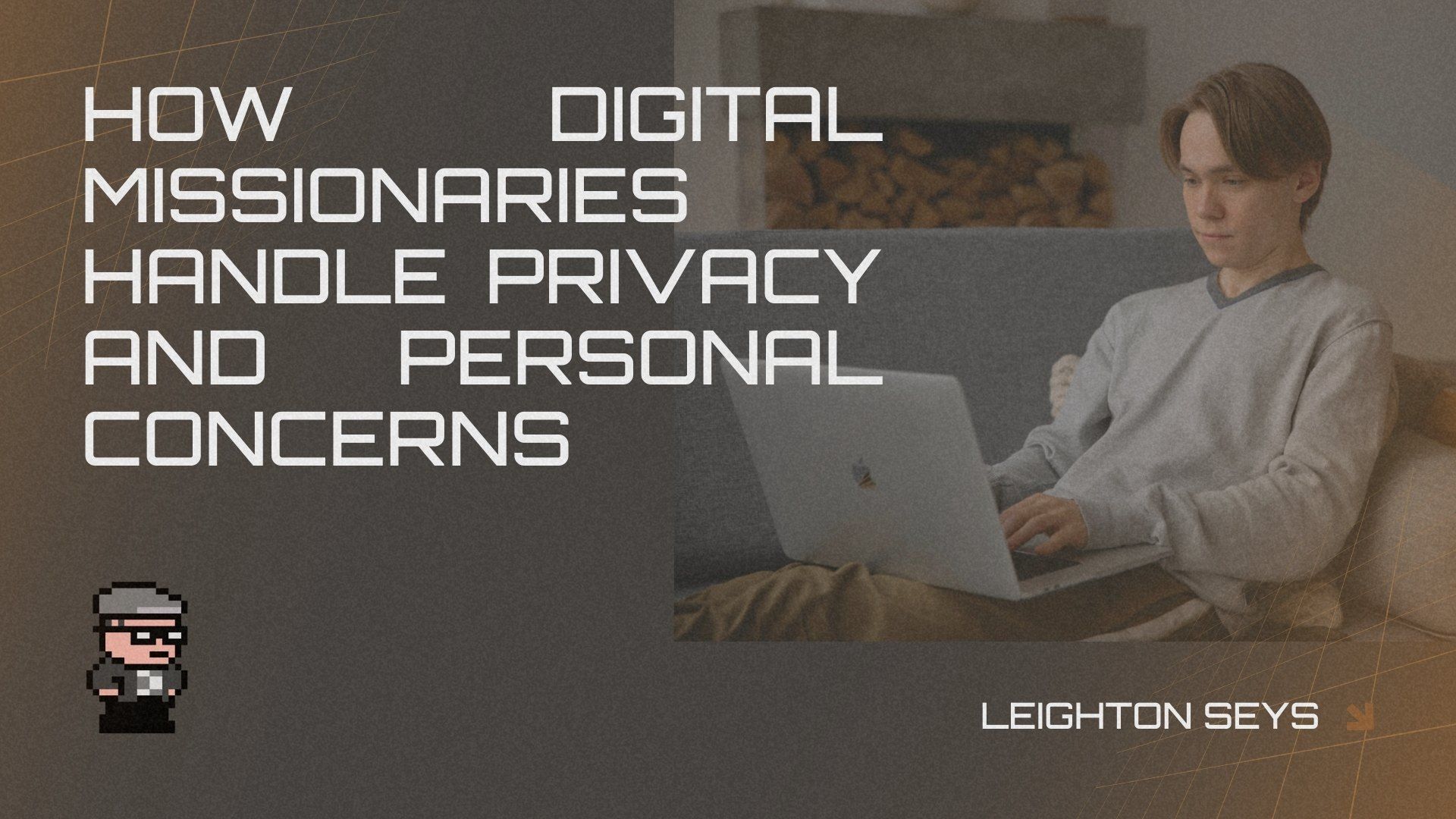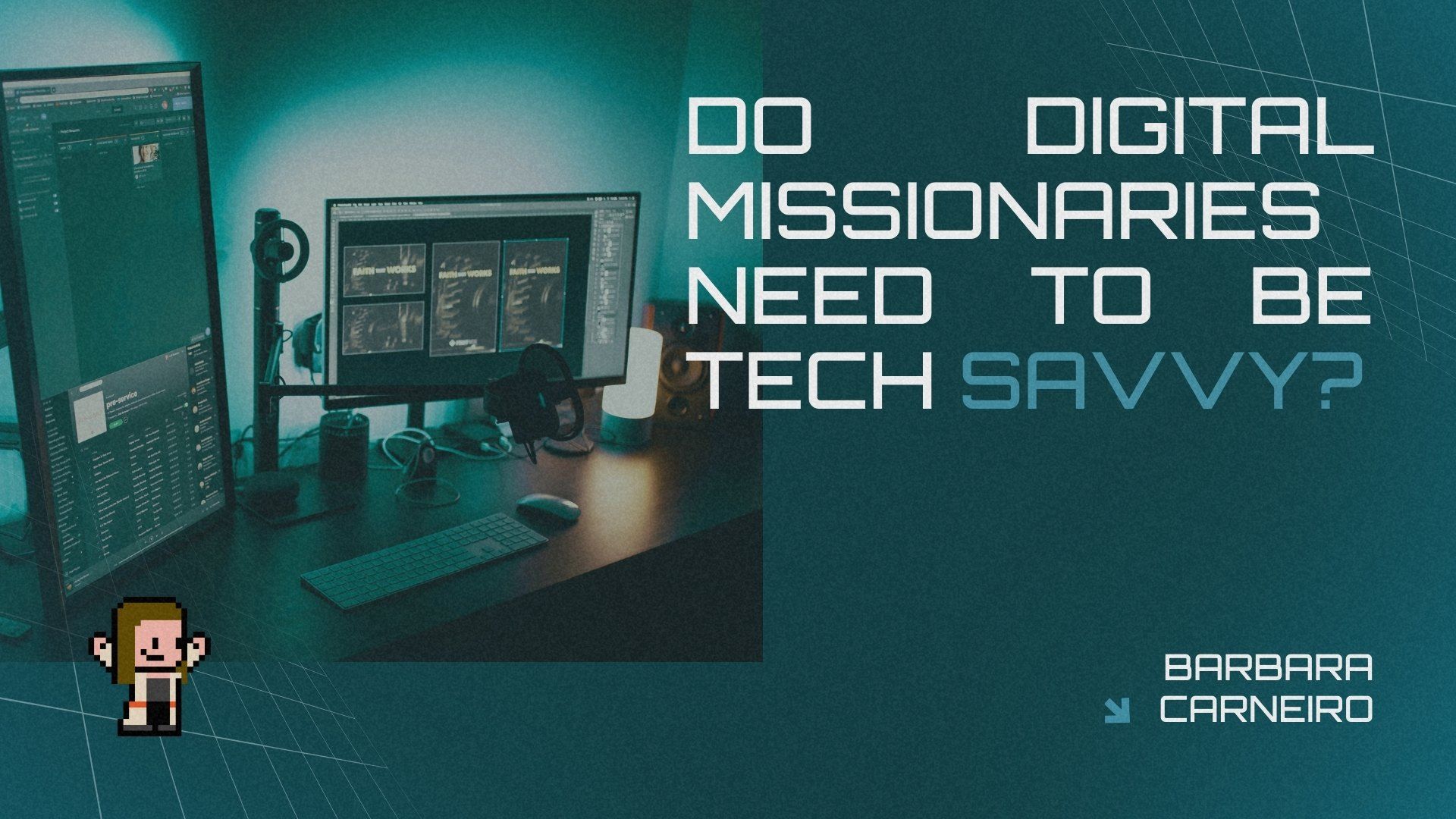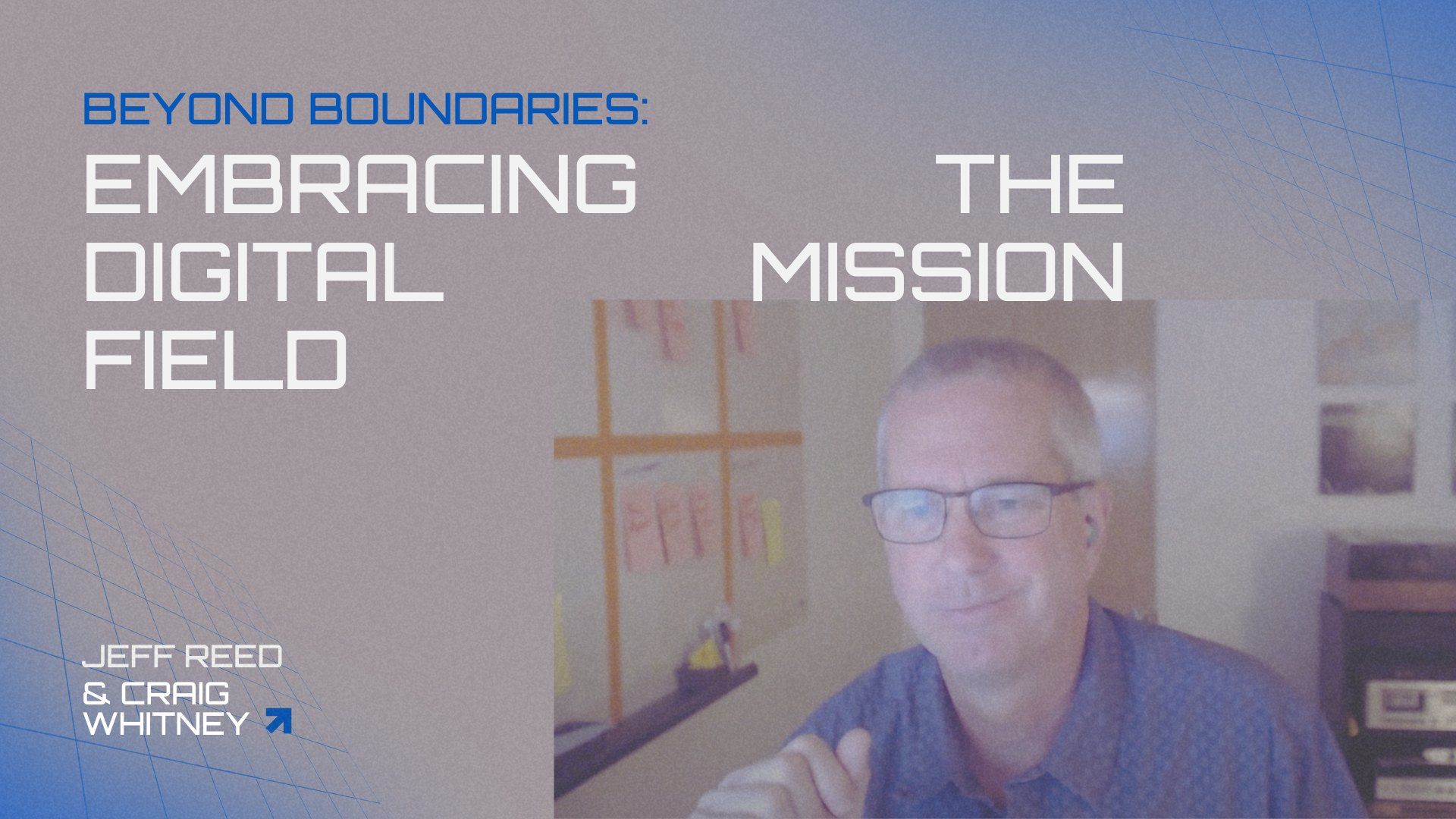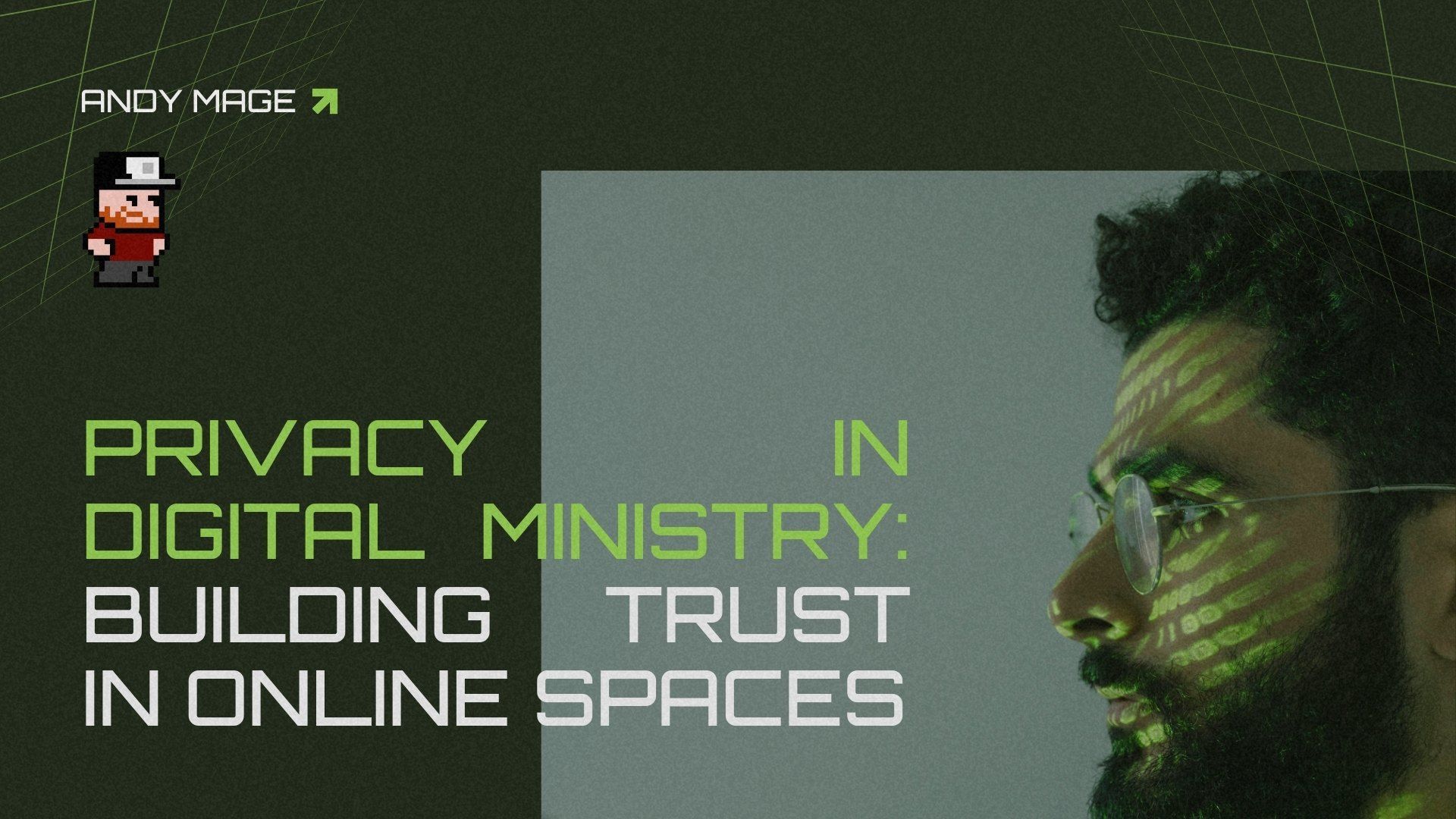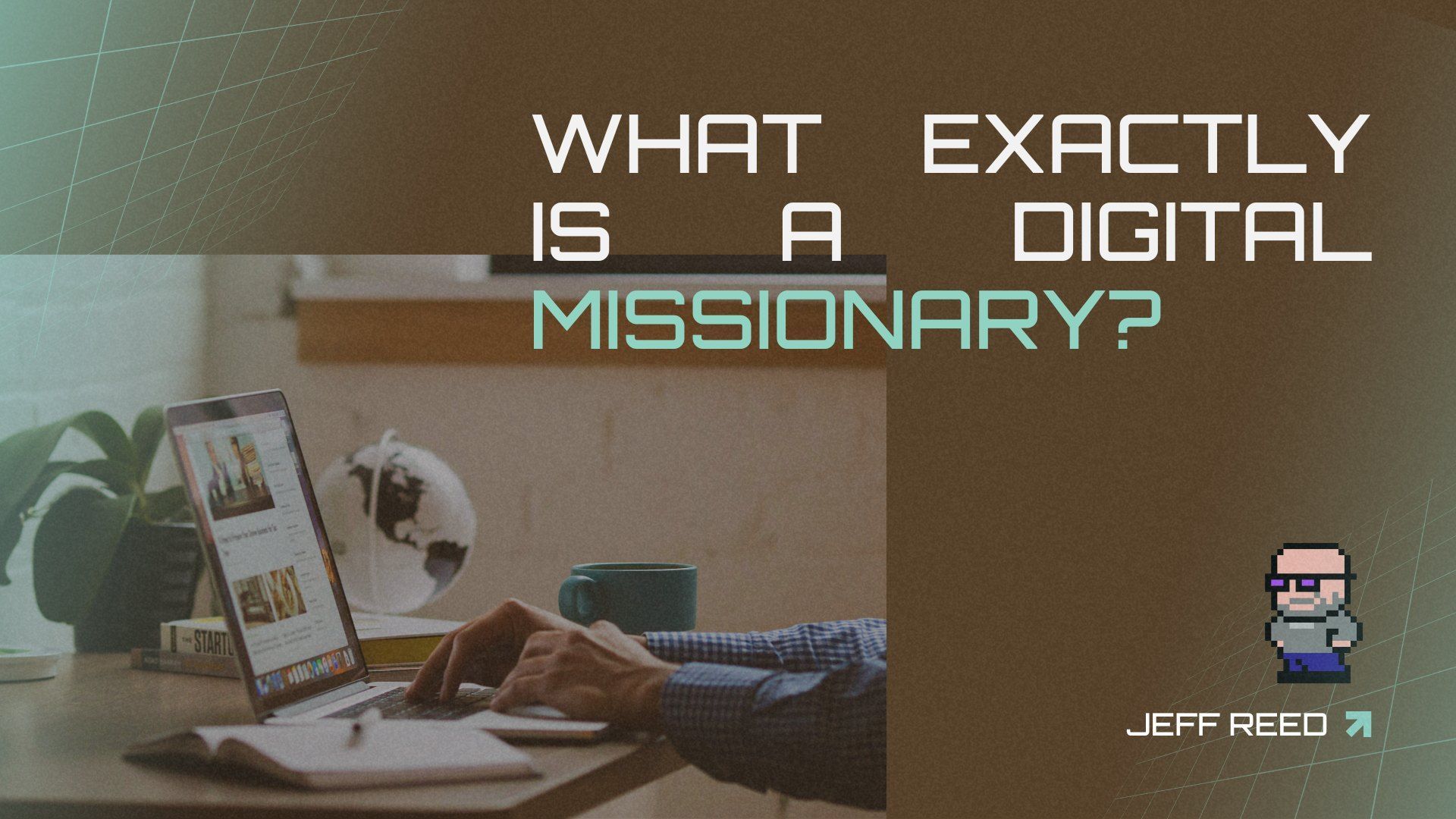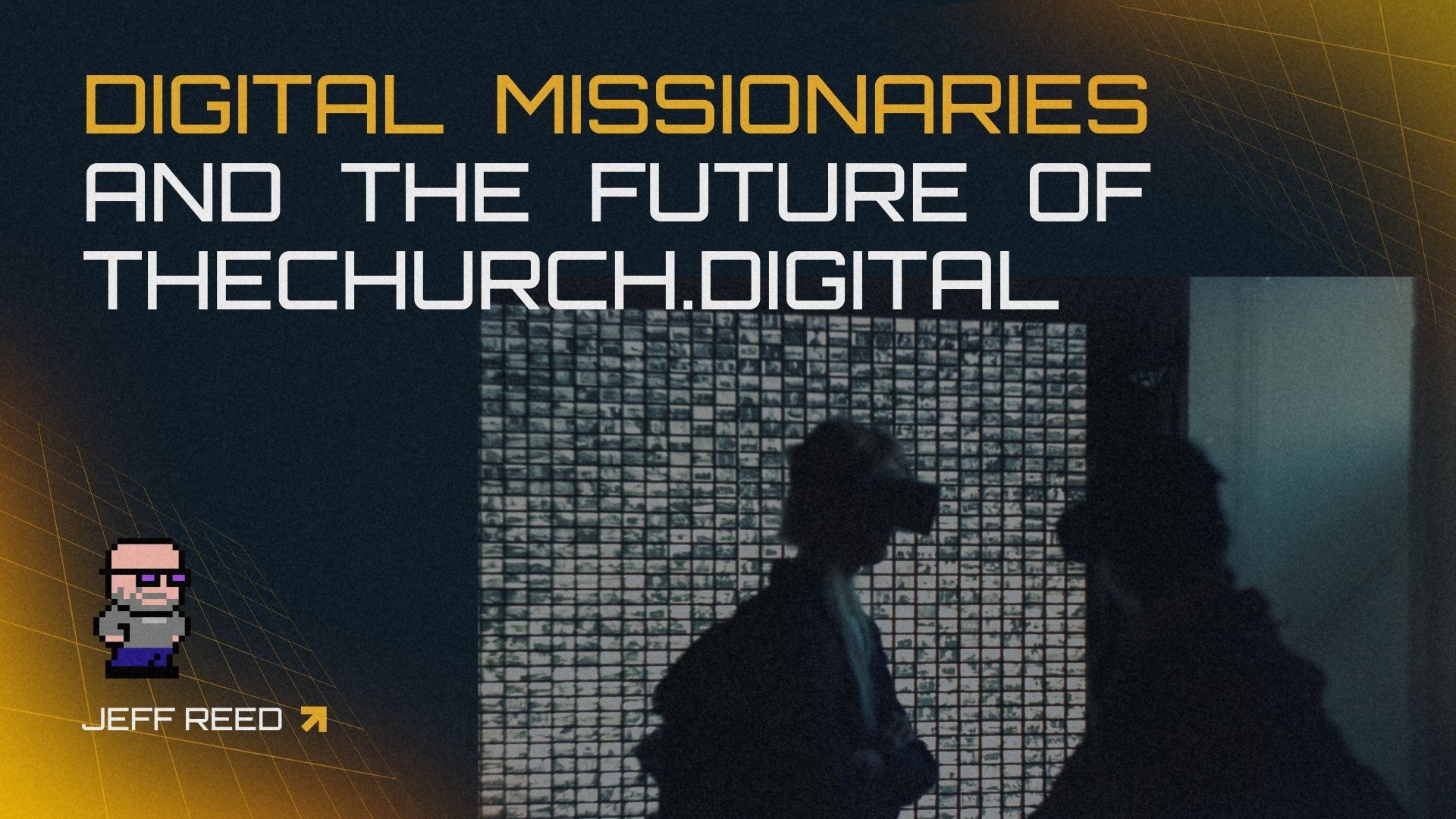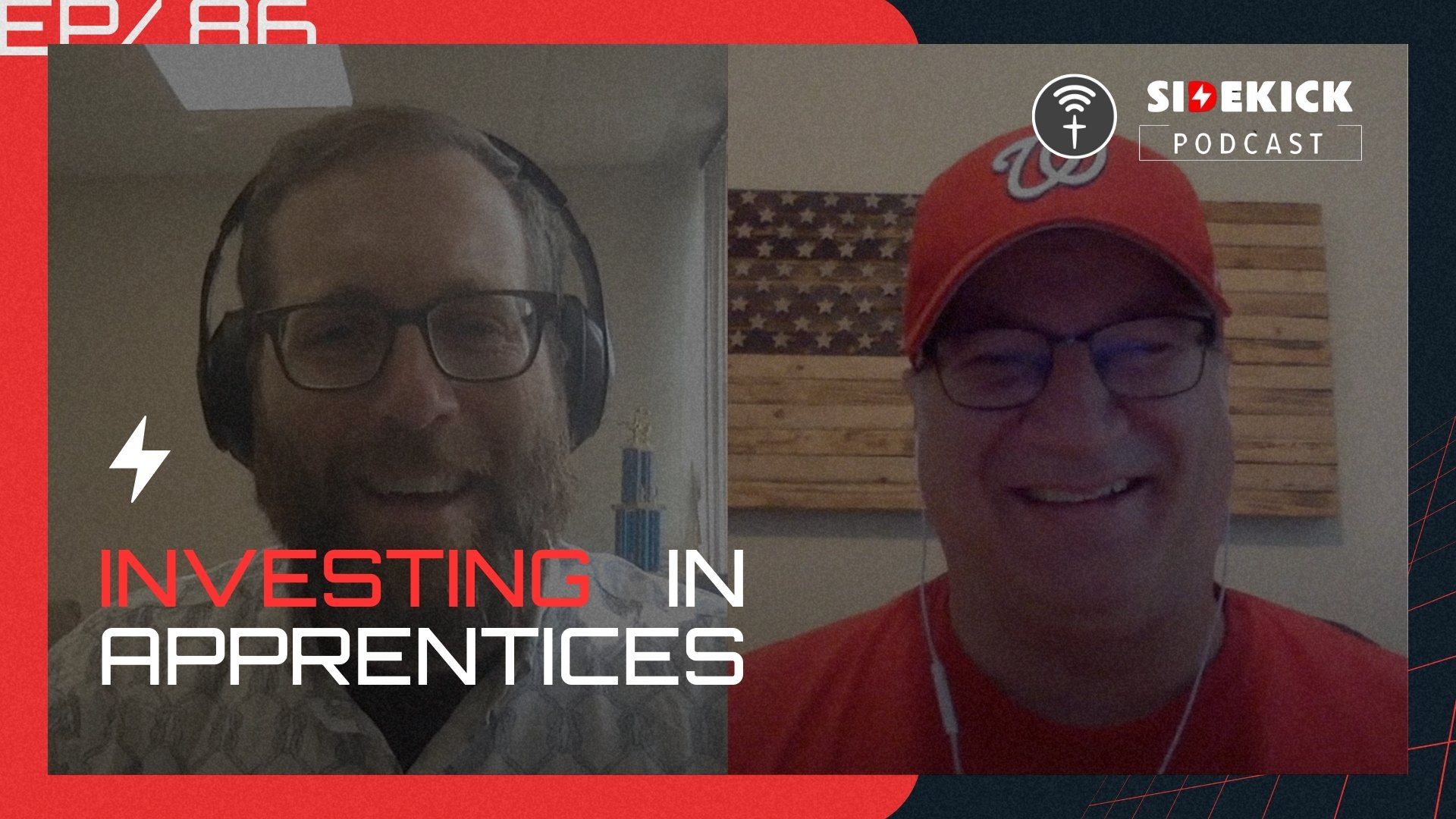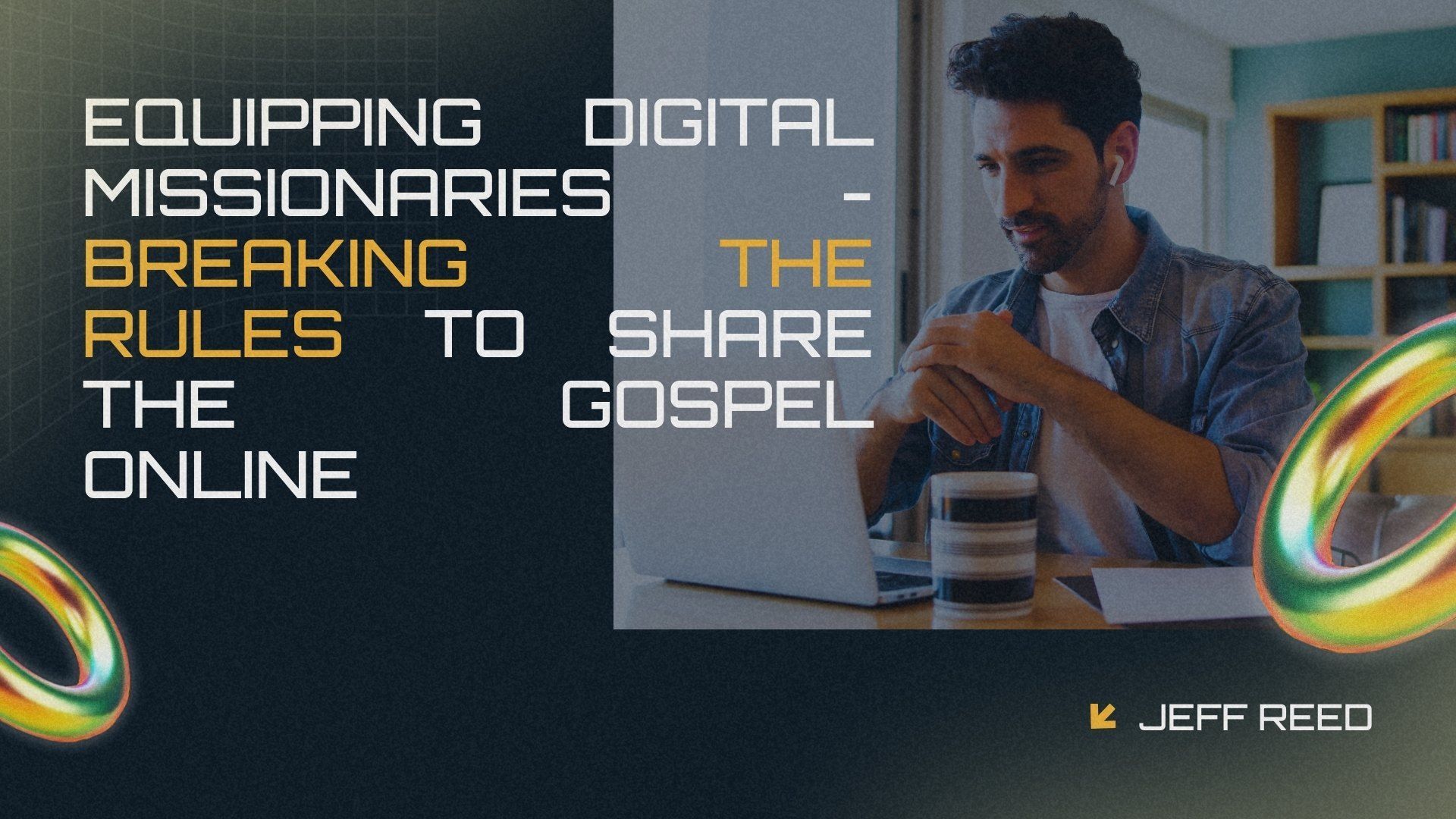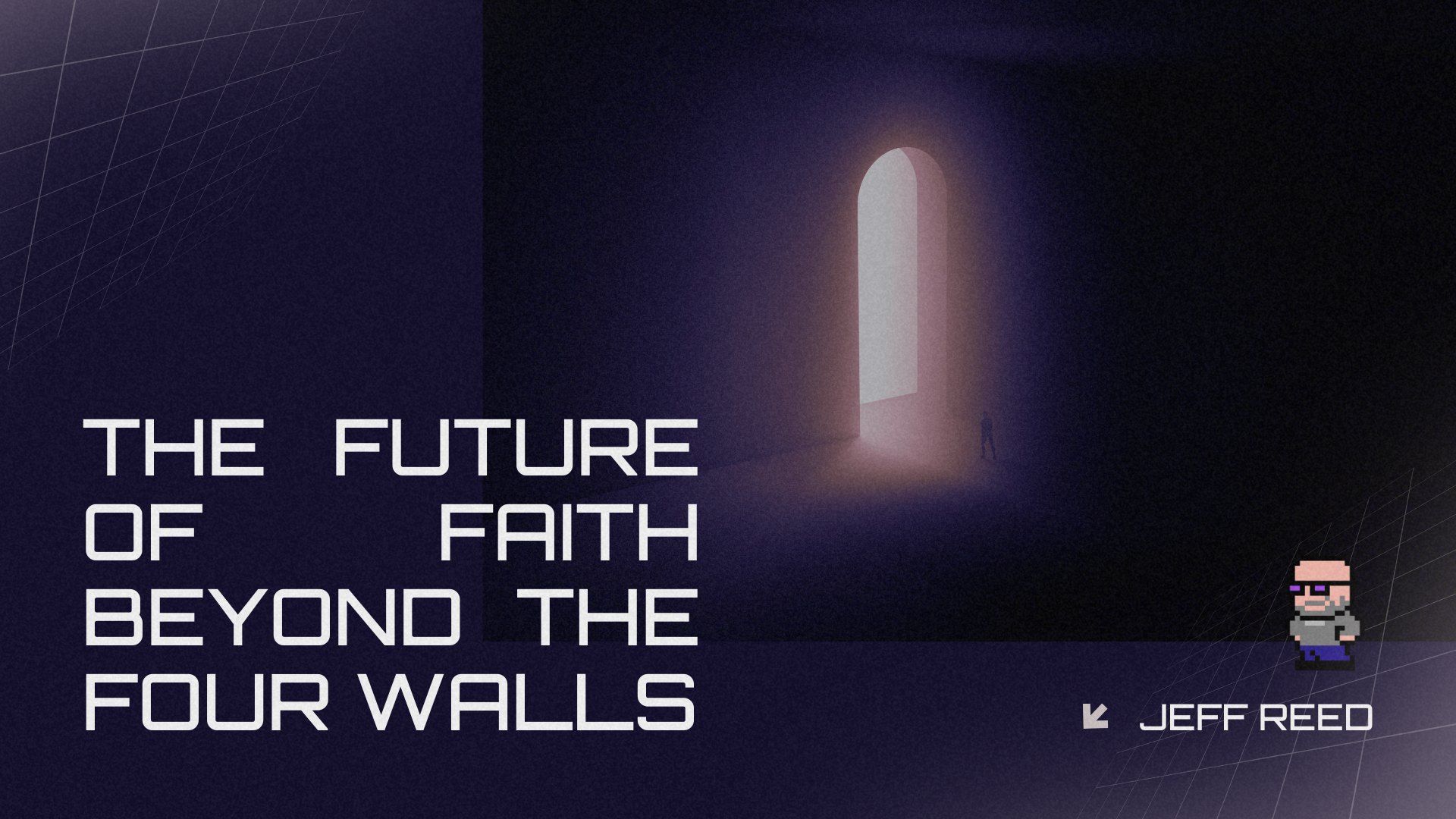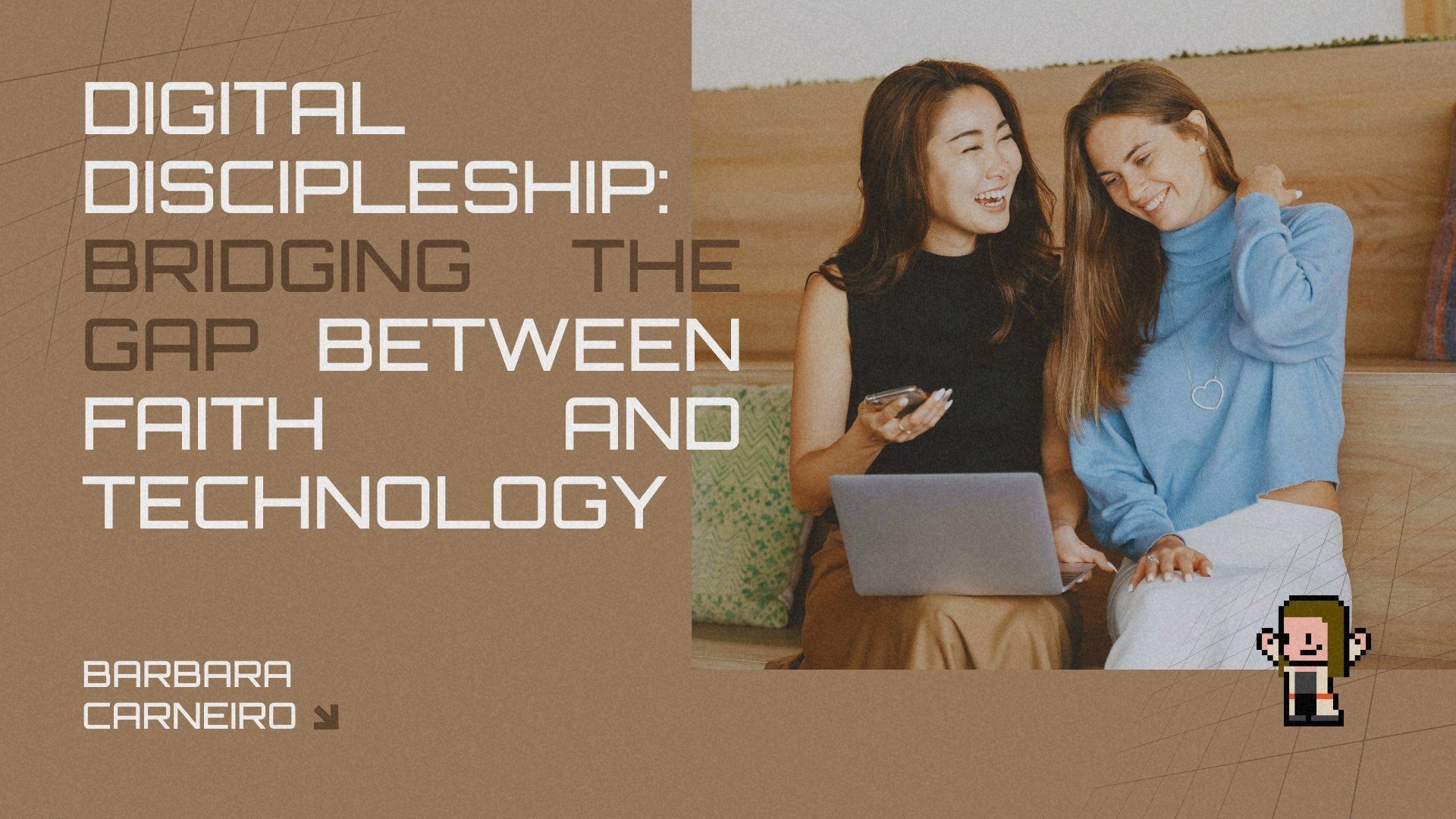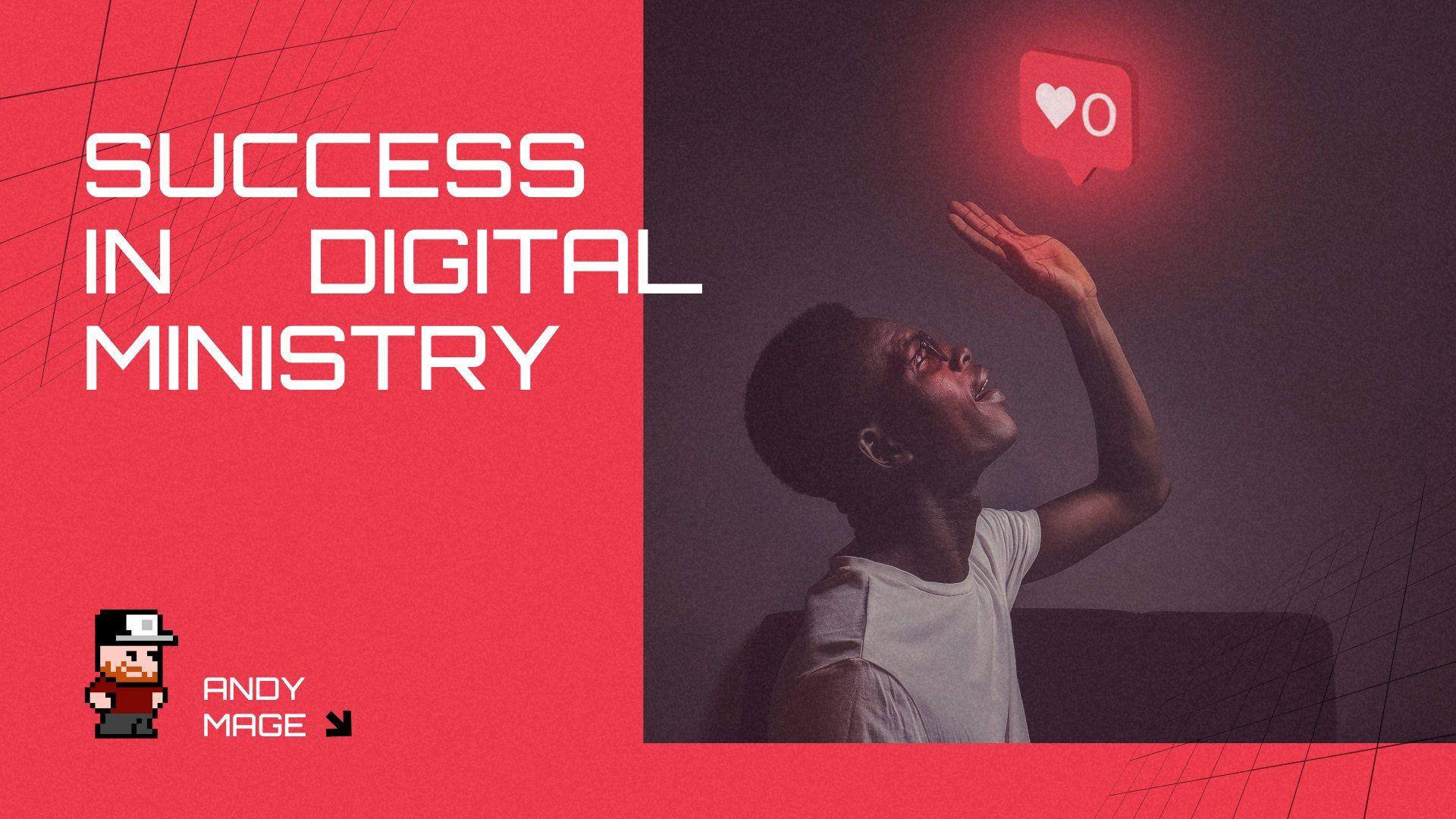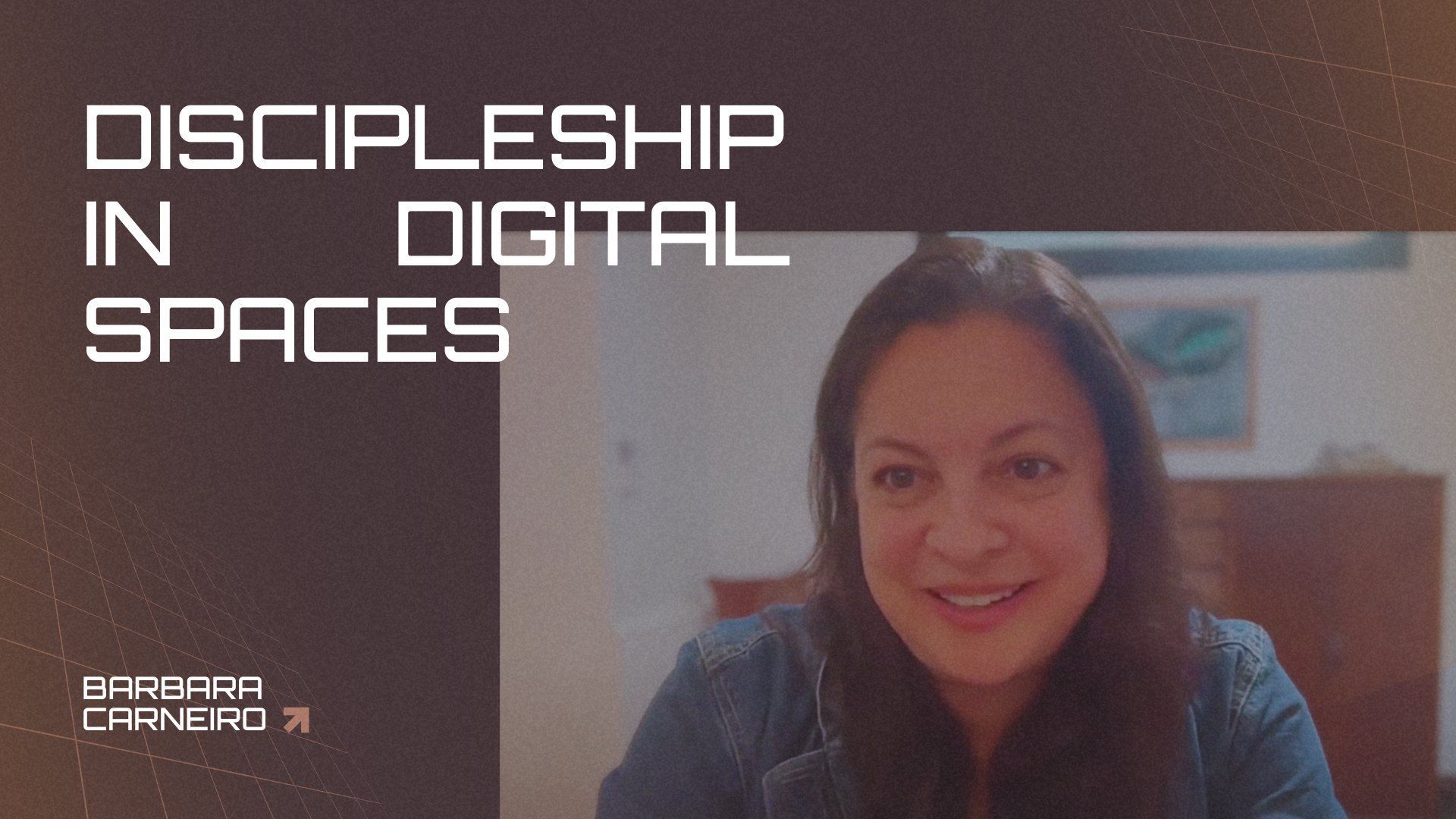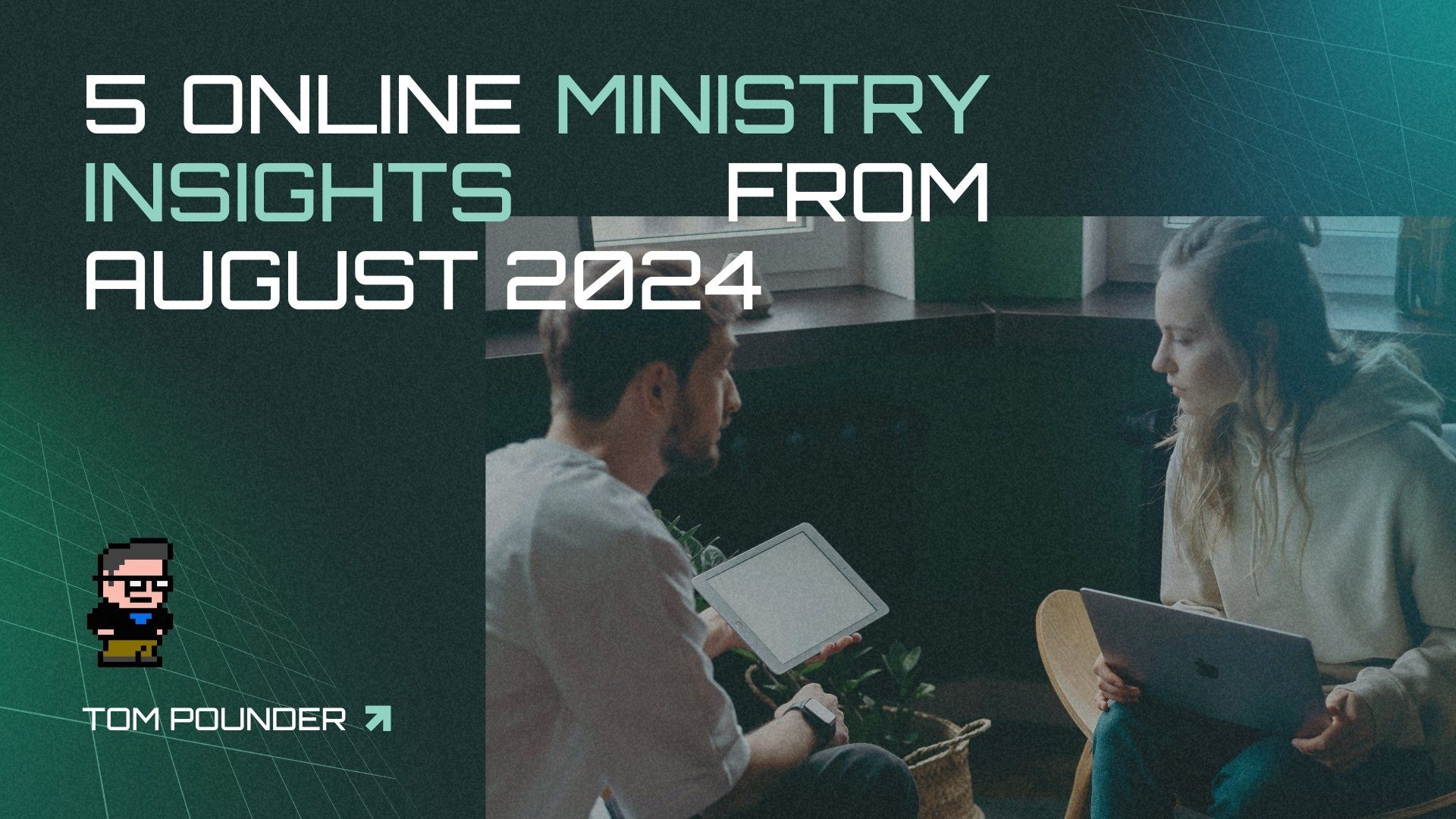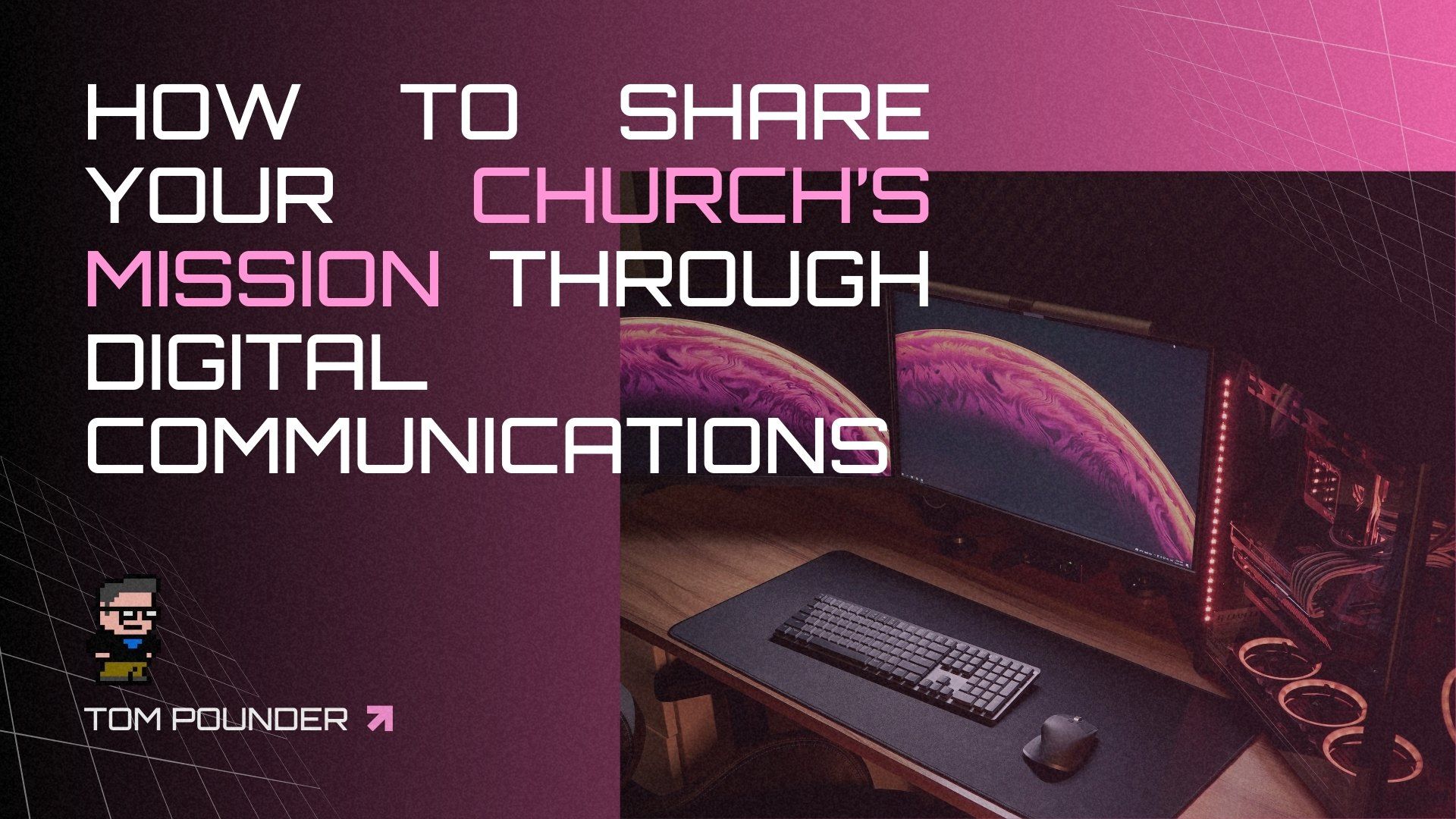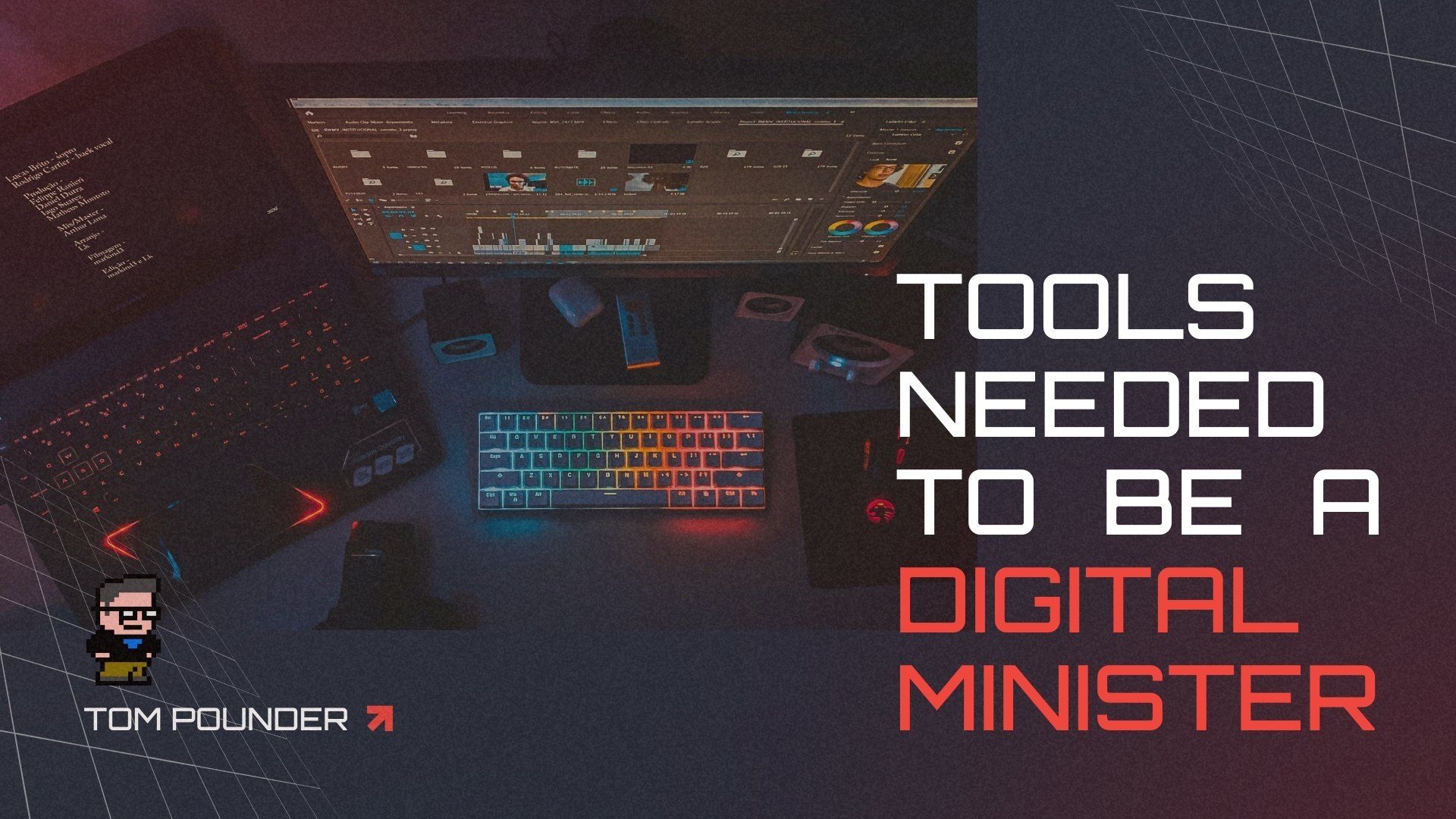Storybrand for Small Church Pastors
You are a small church pastor, minister, staff member, or volunteer. You want to make a difference. You want your communication to move people. You want your invites to result in guests.
You likely ask questions such as, “How do I use what I have to make a difference in our community? How do I use online tools to reach people? Do I need a new camera, microphone, or software to do online ministry?” It is tempting to think that a new piece of gear, or a new method, or a new program will make the difference.
I want to show you a framework that you can use in a small church with a lot of tools or just a few. This works incredibly well in online ministry. I'm a small church pastor too. I clean toilets and take out the trash. And our church uses this framework to communicate in ways that make a difference online and offline.
The Storybrand framework is a way of thinking of marketing, communications, and strategy from the guest’s or customer’s perspective. It comes from Donald Miller’s book, Building a Storybrand.
Churches tend to think of communications, invites, and marketing from the perspective of the church’s goal, rather than from the guest, attender, or member’s needs, wants, and goals. This is especially true in smaller churches where staff and volunteers do multiple jobs and often have little training for things like communications and marketing.
Think of the difference between “Do you want to go to a marriage conference? Please sign up!” and “You want a great marriage. But maybe you’re hitting a rough patch. We’ve been through our own rough spots and believe every marriage is worth the work! Join us for our upcoming marriage conference.” One is focused on the event and the desire of the church (sign up). The other puts the couple and their desires and fears at the front (“You want…”).
Your communications will be more effective, no matter the tool, as you learn to shift your communication from church-focused to others-focused.
Learning to make this shift will help you reach your online audience, as well as, offline. Any tool you use becomes more relevant and useful. Your communications will make a difference when you reach out with something that is in some way relevant to a need that the user already feels.
Example 1:
Let me show you a way that we used this framework for a recent series. A typical church invite says, “We’re doing an exciting new series that you should join us for. Please come.” We wanted to flip that around and speak to a felt need that most people have as the reason they would want to join us.
Our big Fall series was called “Failure is Not Final.” Failure is not final is one of our core values. We believe God is near to the brokenhearted and that he does his work in and through our failures. Here is how we framed this series:
“Problems, challenges, failures. We all have them. But you don’t want them as your baggage. Join Belgium Community Church online and on Sundays starting September 8th! We’ll see that with God, Failure is not final.”
We created a landing page at belgiumchurch.com/final, did video ads, and sent flyers to every home in our village pointing people to this message.
Notice that the messaging is focused on not coming to church or engaging with us. The focus is on our community and their wants, needs, and fears. We did not start with a felt need. The series was a core value series for us. That was set. It was the communication of that series that started with a felt need. The communication method and messaging changed, not the message itself.
Example 2:
For our second Fall series, we went through the book of Titus. Instead of speaking to ourselves and how we will get more Bible knowledge (which is valuable), we spoke to the situation we all find ourselves in:
“These times can be crazy. Whether it is events around the globe or just down our block, life can surprise and overwhelm us. How should we live in times like these? Do we throw up our hands and retreat? Do we get angry and fight?
In the Bible, the letter to Titus is for times like ours. Crazy times are an opportunity for us to live in such a way that we make the good news of Jesus attractive. Instead of being scared or angry, we are called to shine brightly.
Will you join us on Sundays and online in October as we learn together what it means to adorn the good news of Jesus?”
Learning and applying the storybrand framework gives you an engaging and motivating strategy that can be applied with any tool. I showed us using text here, but we use the framework with video, audio, graphics, etc.
So then, if you have small budgets and volunteers, you can still communicate in a way that makes a difference.
What do you do?
- Get the book Building a Storybrand by Donald Miller.
- Read the book. Do it rather quickly (try to block off 2-3 times in a week to read through it. It is not long).
- Go to their website: mystorybrand.com where you can build practice scripts or frameworks.
- Practice on your next sermon series, community project, etc. Try to do it several times in the first month to get the hang of it.
What difference will it make?
Your communication will stand out and move people. You can use print, visual, audio, and video to communicate and get a response. You won’t waste time and effort anymore putting out content and invites and flyers and videos that no one responds to.
Any digital tool you use will have a purpose and be more effective. You won’t be stuck with a shiny camera with no message and no ideas on how to communicate.
What do you think? Share your ideas on Discord or on social media.
Through the.Church.digital, we are helping physical and digital churches better understand the discipleship process, and helping churches and church planters understand this and other decentralized mindset shifts. By taking this quick assessment we can get you connect with a coach, resources and more. Also, check out our Discord Group where we are encouraging people daily.

